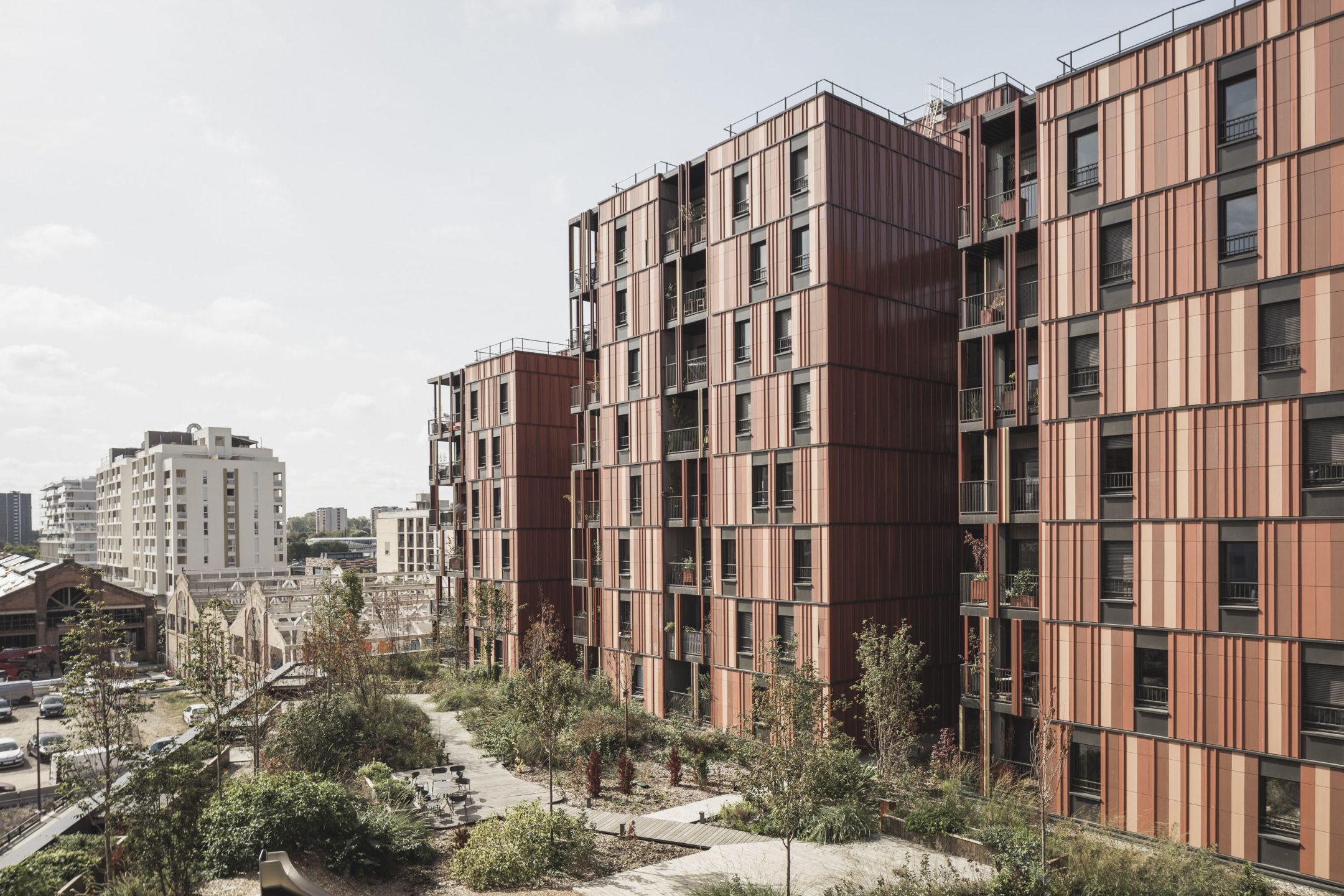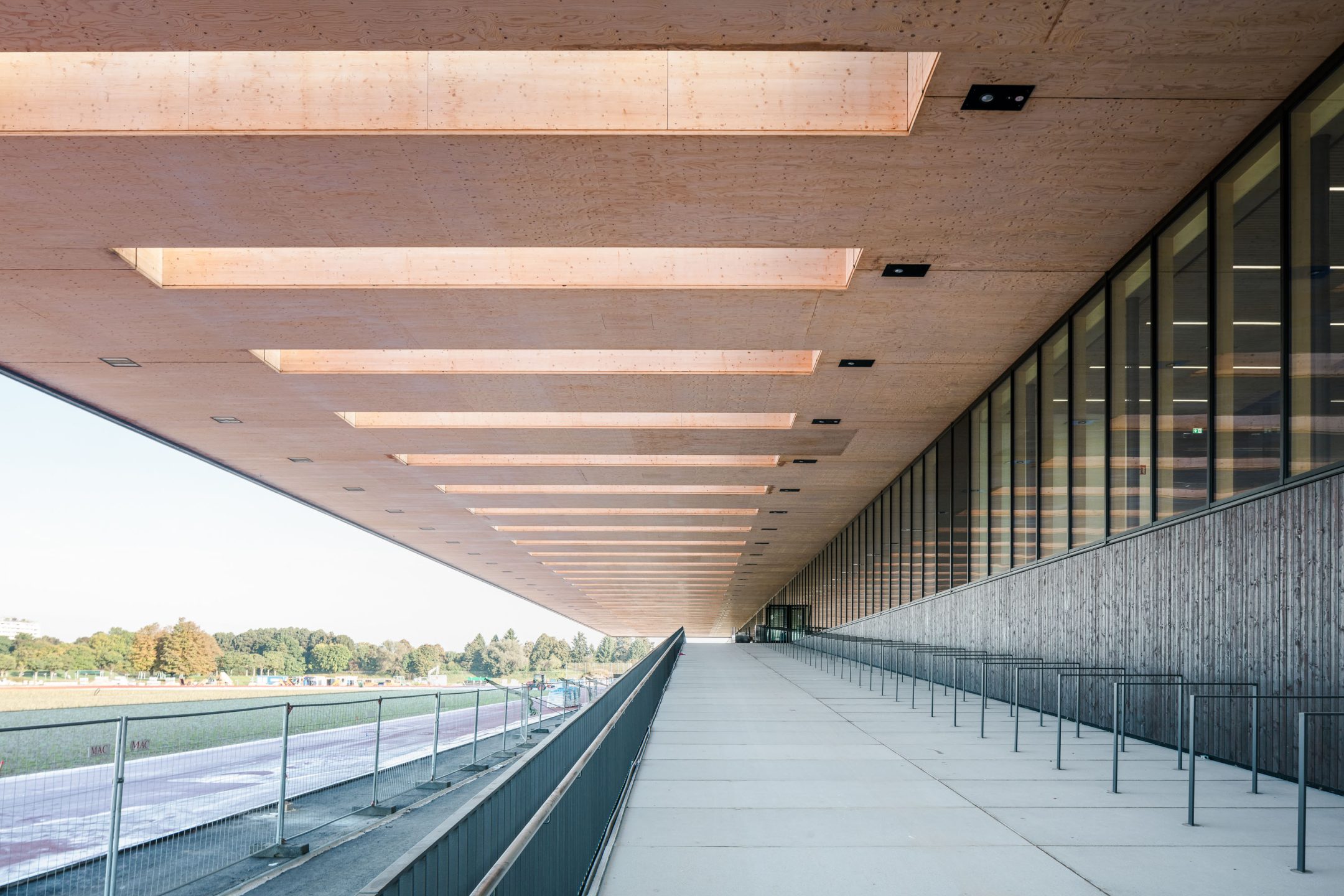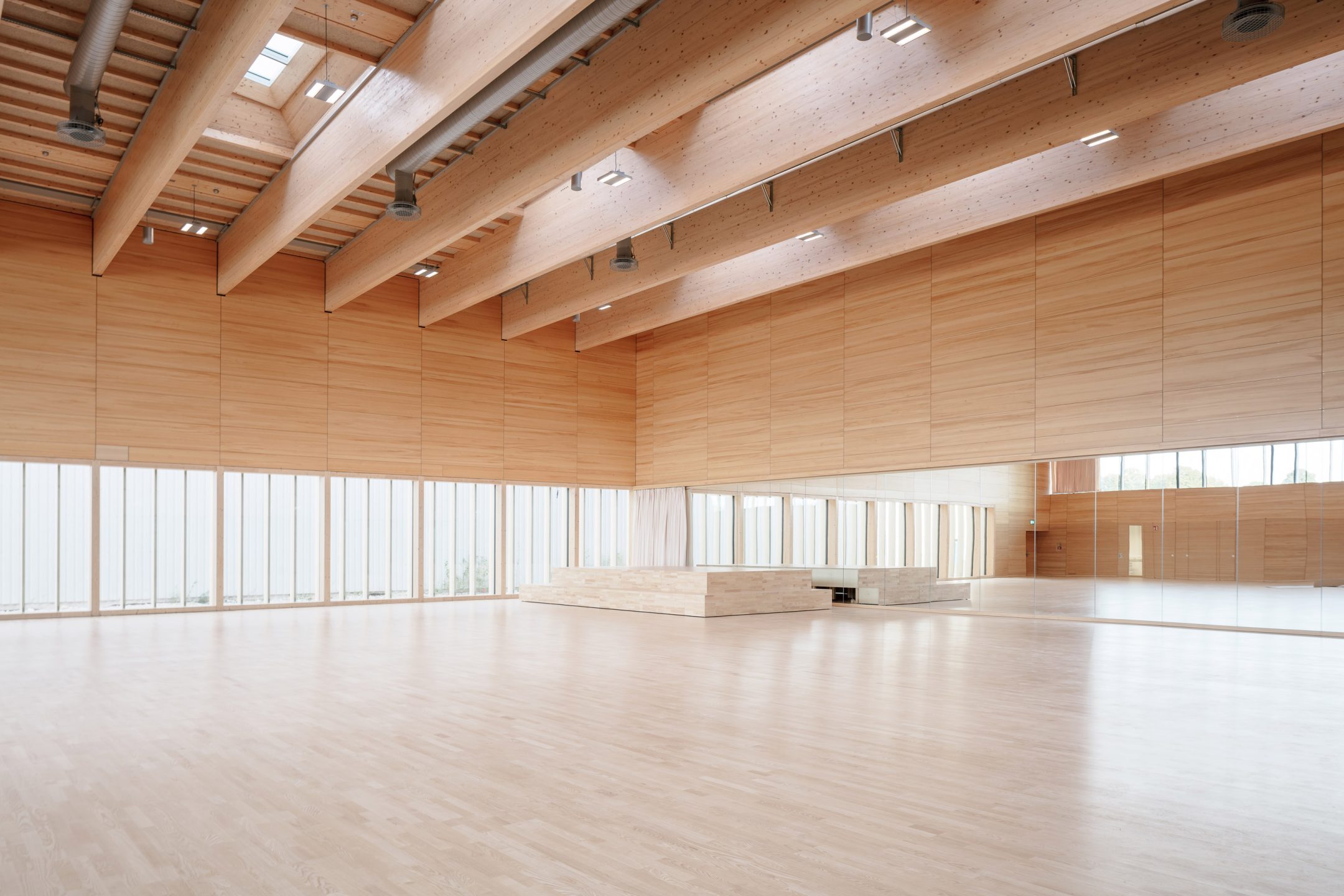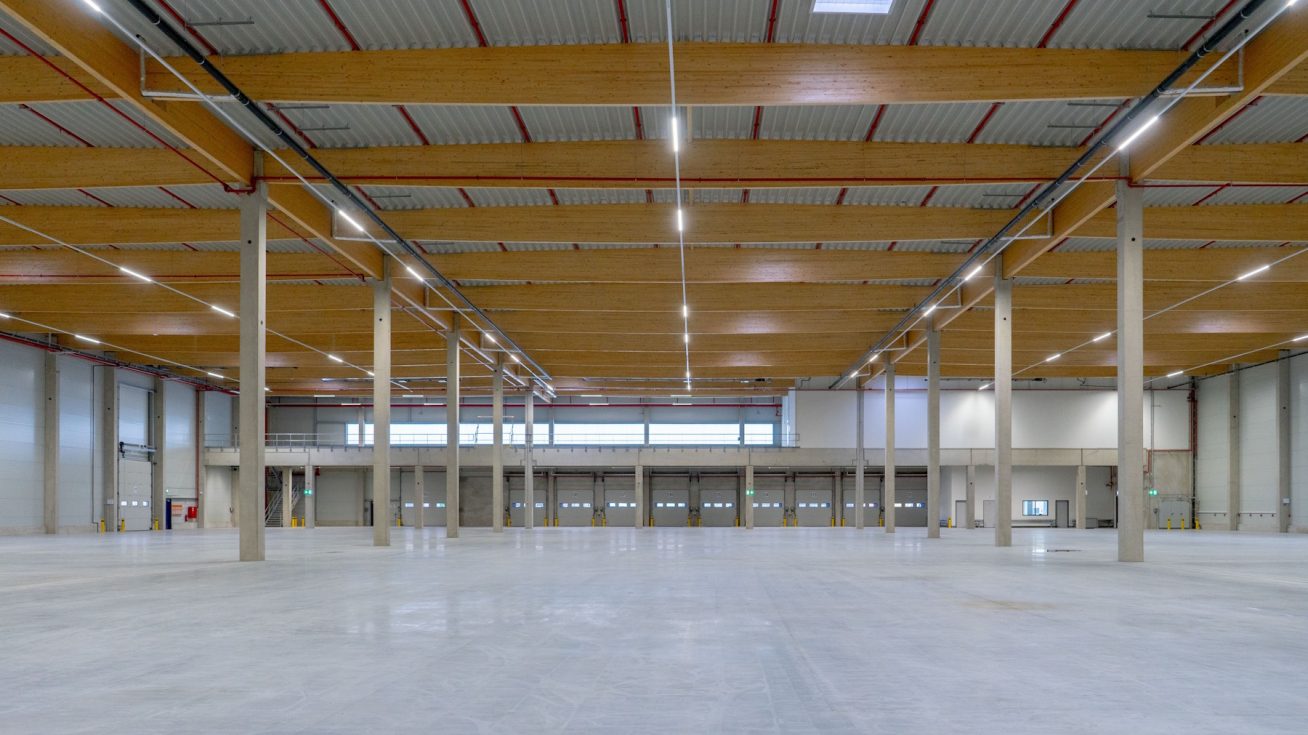Could you briefly describe the Austrian path to multi-storey wooden buildings? Where is the beginning of modern timber buildings in Austria?
When I was studying in Vienna 30 or 40 years ago, education at universities about timber construction was practically non-existent. The main reason was regulations that went totally against wooden structures. You couldn’t even build a staircase out of wood in a family home without having to wrap it with some fireproof material. After a while, pressure to change these regulations began to build up, as entire housing complexes began to be built out of wood in Bavaria and Switzerland.
What era are we talking about?
It was in the ’80s. years. On the other hand, Vorlarberg (the second smallest state of Austria, where Helmut Dietrich comes from, note. ed.) has a strong tradition of wooden architecture, but it was almost completely interrupted in the 1950s. years. After the Second World War, people did not want to live in wooden houses as they had done for centuries. They wanted solid houses with white walls of brick and concrete. At that time, wooden structures were used only for farm buildings – for barns or roofs.
In Vorarlberg, however, there were young architects who drew on the tradition of craftsmanship. They started in the 60s. years, they built small projects out of wood. And that’s when it started. There were also new design possibilities for the construction of buildings with large spans, such as gymnasiums or town halls. And this brought new possibilities for the use of wood as a construction material. But it took quite a long time before they were also used in the private sector for single-family homes or industrial buildings. And then public projects, such as kindergartens, slowly emerged. Young architects began to win competitions, focusing on wooden structures. This was the beginning of a wider public acceptance. They found it to be a nice material that creates a nice atmosphere and doesn’t cost much more.
So the support for timber structures came from architects?
To a large extent, it really was.
And then private companies joined in…
I think the craftsmen and the timber companies have been very effective in the development, trying to develop prefabrication, for example. They worked together with architects. All important parties – clients, the public, the media – were gradually involved in the process. Everyone tried to support the process. And it was a perfect situation especially for Vorarlberg because we were ready for it.






